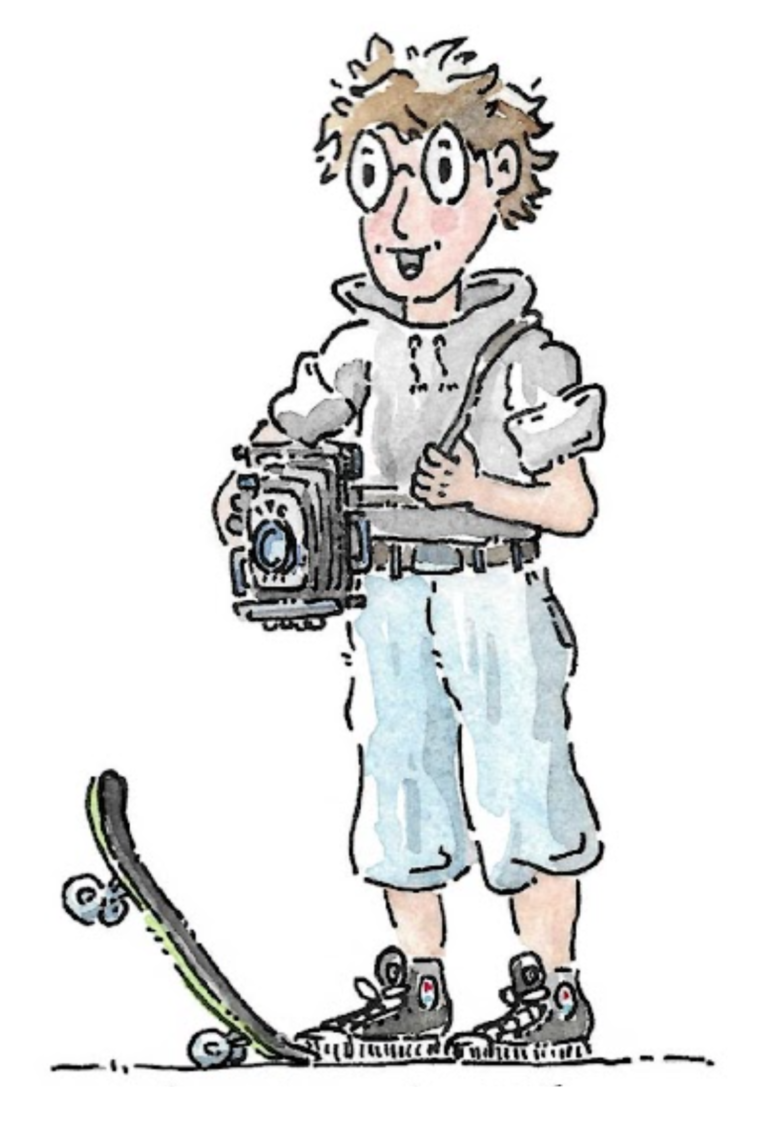
About the Artist
Hi, my name is Alex Dufour, I am a recent new father, engineer, and aspiring artist. I’ve always loved visual arts and during the pandemic decided to start learning how to paint with watercolours. I mainly paint storefront portraits but have ventured into homes from various time periods as well as made up structures from my imagination.
The reason why I chose to start with storefront portraiture is because I strongly believe that local businesses are the life blood of our communities. In my illustrations, I try to pay homage to these shops and capture the life they bring to the beautiful cities and towns they reside in. I hope you find joy and inspiration from my works.
A special thanks to my wife for always supporting me.
If you would like to see more of my art, follow me on Instagram at @art_by_alexandre.
Tools
Here is a short list of the tools I like to use. I plan on updating this every so often with new art gadgets that I have grown fond of or that I am trying.
Raphael Kolisky 8404
Hands down the favorite brush I’ve used so far. I currently have one size (No. 2) and the point is sharp and controlable which makes it great for small details. I find the tip also holds a large amount of water which is great for coverage of larger areas. The only negative is that these brushes are made from the tail of a Siberian weasel which makes it not completely cruelty free. My goal is to try other synthetic fibres to find something similar to this one. In the mean time, I will cherrish this brush.

Raphael Softaqua 845
These brushes are extremely versatile and have a good starting price. They were some of the best brushes I had while learning to paint with watercolors. I’ve used the No. 4, 10 (painted below) as well as 16 and have found them all great. One thing I would point out about these brushes is that the larger sizes are more rounded at the ends and don’t form a sharp point. I actually found this quite useful.

Rotring Isograph
I have grown fond of these technical pens because they work great on watercolour paper compared to their felt tip counterparts. One thing you do have to be careful about is that they can clog if you don’t use them for a while although this hasn’t happened to me yet (fingers crossed). The sizes I am currently using are the 0.2, 0.3 and 0.5. In the isograph pens I like to use Rotring’s waterproof black ink. It is very black and dries super fast. In the future I really want to try some of Rotring’s colored inks.

Sakura Gelly Roll (White)
I mainly use these white pens on finished paintings to add highlights, white lettering or fix mistakes. From my experience the ink has a good opacity and works similar to white acrylic markers. I find it works best on darker colours. The sizes I’ve been using are 05, 08 and 10.

